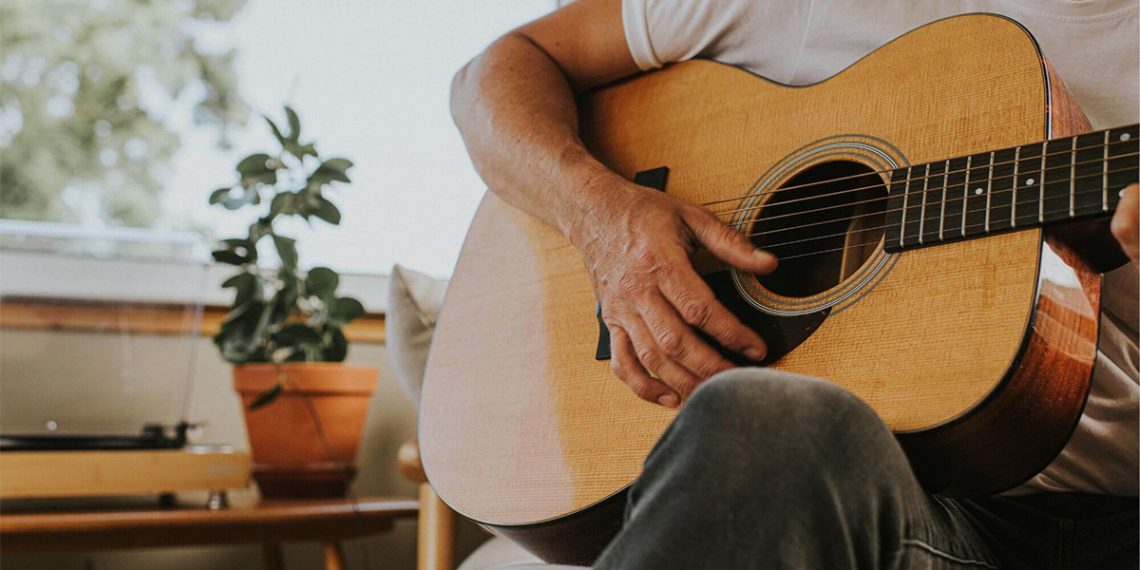Mastering the Basics: Essential Techniques for Guitar Players

Guitar playing is a creative art form that requires technical mastery, discipline, and dedication. It’s essential for every guitar player to have a firm grasp of the basic techniques in order to have a successful career as a musician.
Essential techniques that ever guitar player should know
Fretting
Fretting is the most basic and important technique in guitar playing. It involves pressing down on strings with your left-hand fingers to create different notes. Fretting requires precise finger positioning and strong hand coordination, so it’s important to practice this technique regularly.
String Bending
String bending is a powerful expressive tool for creating dramatic effects in your playing. It involves using your left hand to push and pull strings in an upward or downward direction, to create a “bend” of notes. This technique is often used in solos and lead guitar parts to add style and character.
Hammer-Ons/Pull-Offs
Hammer-ons and pull-offs are techniques that allow for quick transitions between notes. They involve a left-hand finger quickly hammering down on one string to create a new note and then pulling off of the same string to create another. Hammer-ons/pull-offs are great for creating fast, expressive solos.
Slides
Slide guitar playing is an important part of many genres of guitar playing. Slides involve the left hand pressing down on one string and then ‘sliding’ to another note on a different string, creating a smooth transition between notes.
 Vibrato
Vibrato
Vibrato is an essential technique for adding expression and emotion to your playing. It involves using your left-hand fingers (or a vibrato bar on some guitars) to rapidly move strings up and down to create a vibrating sound. Vibrato can be used in many different styles of guitar playing for dramatic effect.
Proper posture and hand position
Having proper posture and hand position is essential for maximizing efficiency in your playing. Proper posture involves keeping your back straight and sitting at a comfortable height so that you can easily reach all the notes on the fretboard. It’s also important to learn proper finger placement when fretting notes, as this will help prevent frustration and fatigue when playing.
Playing guitar with small hands
Playing guitar with small hands can be challenging. It can be difficult to reach all the notes on the fretboard without feeling cramped or uncomfortable. To make playing easier, it’s important to find an appropriate sized guitar that fits your body type and playing style. Additionally, playing with a light touch and using alternate fingerings to reach notes can help make playing easier. With dedication and patience, playing guitar with small hands is definitely possible!
Practicing regularly and learning the basics of guitar playing is essential for becoming a proficient musician. By understanding the essential techniques of playing, you will be able to create beautiful music on your instrument!


